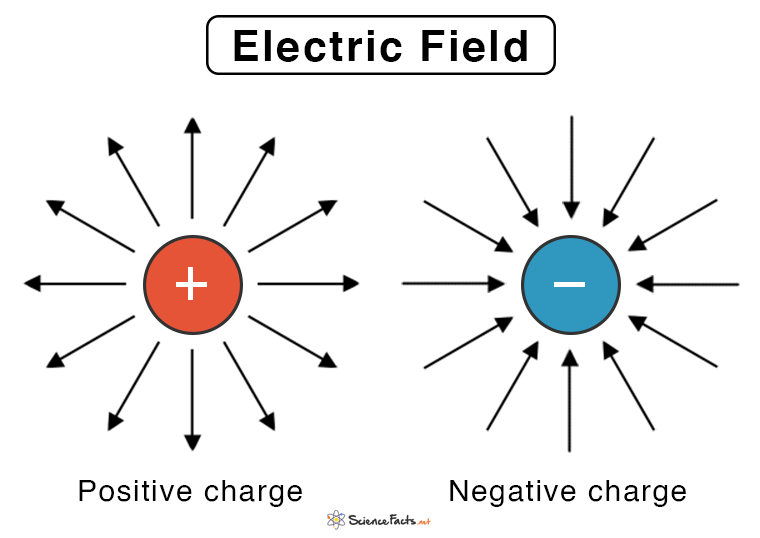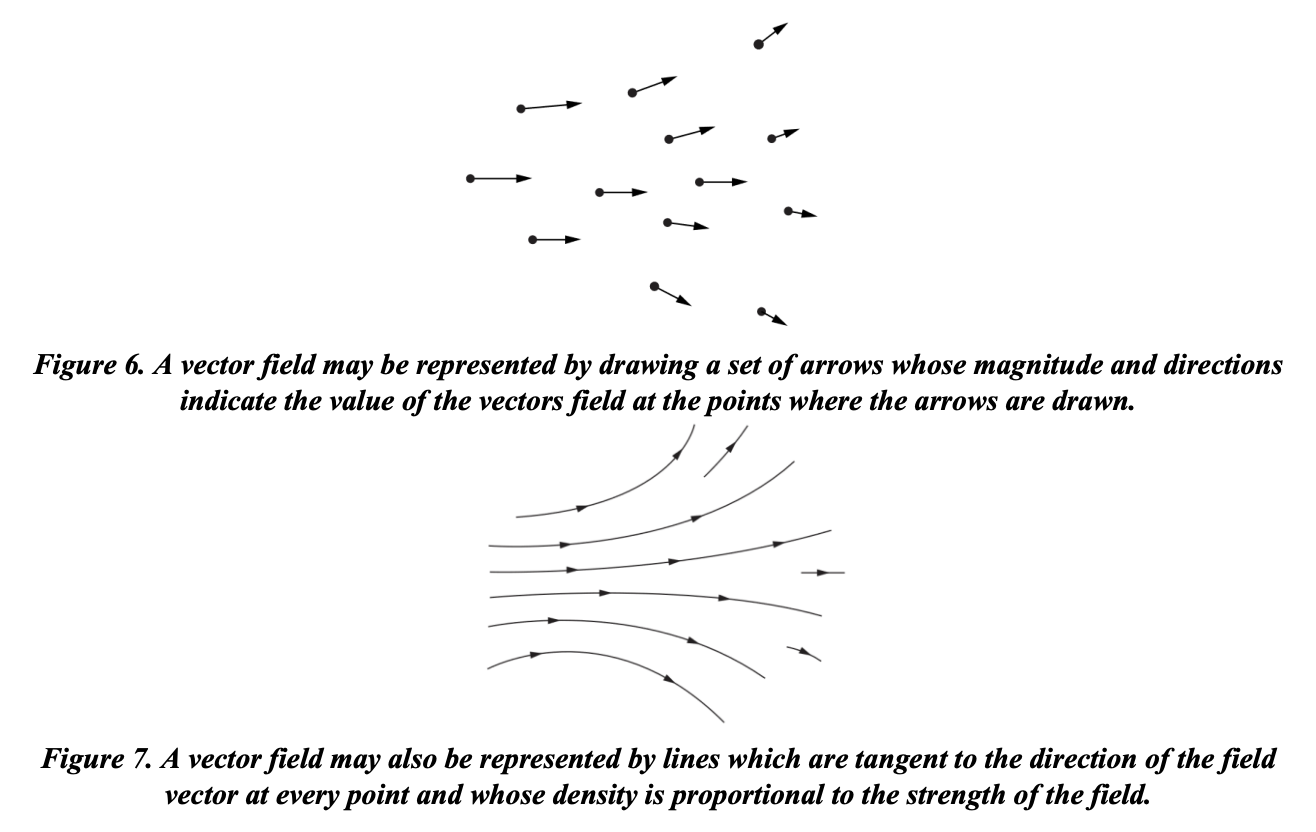[[notes/Electric Charge#The Field Model|Electric Charge#The Field Model]]
Electric Field

History and Why
The Coulomb law and Newton Law of gravity do not depend on time. This means that whether two objects are 2cm apart or km away from each other does not matter. However, how could it be?
Michael Faraday came up with the concept of a field to answer these questions. From the Newtonian view, A and B interact directly. In Faraday’s view, A first alters the space and it, and particle B then comes along and interacts with this altered space. Thus, the altered space is the agent by which A and B interact. This alteration takes a finite time to propagate outwards from A, and it is only once it reaches B that B responds. This idea is called a field.
Fields and particles are distinctly different. While particles only exist at one point in space, fields exist simultaneously at all points in space.
The Concept of a Field
Electric fields are generated by charges. Charges interact with each other via the electric field. Say you have two charges, A and B. Charge A alters the space around it by creating an electric field. The field will be the agent that exerts the force. It exists at all points in space.
Experimentally Measure
To measure the strength of an electric field, we can use a different charge as a probe charge. As we move the probe charge around, it experiences a changing electric force due to the other charges. Thus, the electric field varies. We can use the force on the probe charge to define it.
We use this equation: A few notes:
- The electric field is a vector field.
- The electric field only depends on the source charges that create the field, not the probe charge.
Electric Field Visualization
The field is represented as a mathematical function of position and time.
